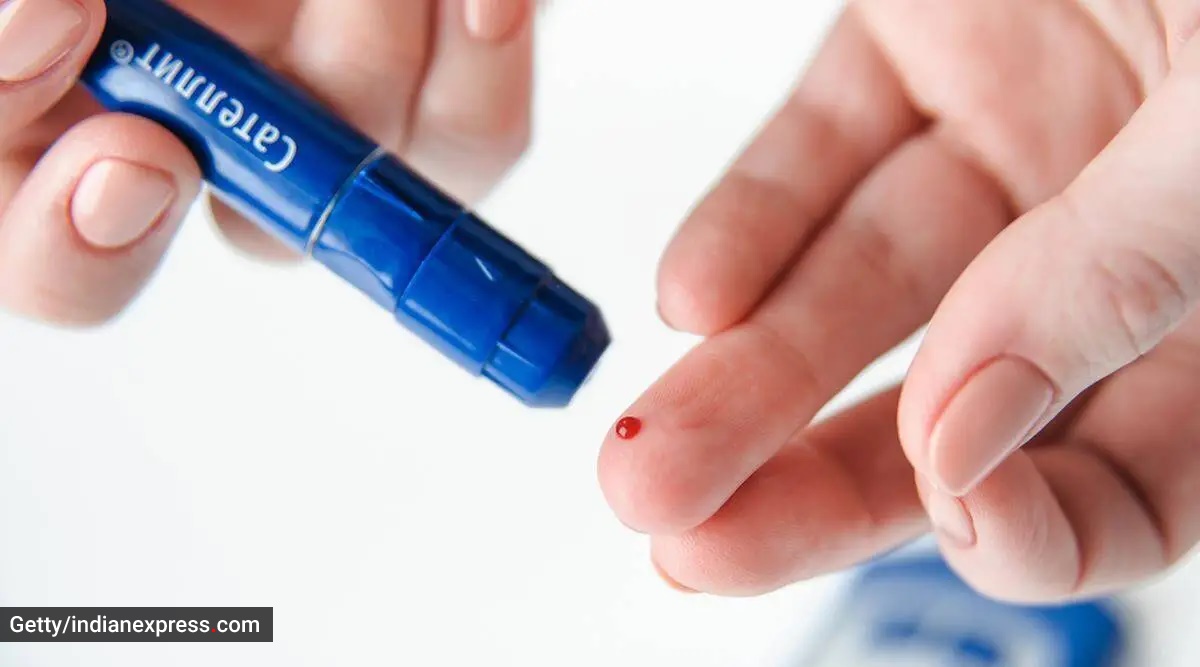With Indians more prone to cardiac risks, they need to be wary about silent heart attacks. During such episodes, the patients do not realise that they have had a heart attack, simply because it does not manifest through known symptoms — a stabbing pain in the arm, neck, jaw and chest, dizziness, anxiety and sweating — but seems like a regular gastric discomfort. Also, such episodes appear to be brief and, therefore, seem to be just another manageable body condition.
What people do not realise is that whether apparent or silent, the damage done to the heart by myocardial infarction is just the same. And if undetected, the condition cannot be addressed or arrested. Many patients do not realise how much of their heart tissue is scarred till they get tested for some other discomfort and investigation reveals that they have actually had a cardiac event. Some symptoms are so minor that people attribute them to gas, stomach and indigestion as part of an old culture of blaming the gut for all ills. I have had many patients tell me that they misjudged their symptoms simply because they had a samosa or two. In short, the symptoms are atypical. A study in the Journal of the American Medical Association on November 10, 2015, looked at almost 2,000 people aged between 45 to 84, who were free of cardiovascular disease at the time of testing. Within a decade, eight per cent had myocardial scars, which are evidence of a heart attack. About 80 per cent of these people were unaware of their condition.
WHO ARE MORE LIKELY TO SUFFER A SILENT HEART ATTACK?
Most diabetics wouldn’t feel milder symptoms as their nerves are not as responsive and do not send out a pain impulse. Women are more prone to silent heart attacks than men. Some people have a higher pain threshold and may dismiss their uneasiness as minor. Then there are those who are ignorant of milder symptoms of a heart attack, particularly short spells of pain. This happens in some cases of cardiac Ischemia, where the lack of blood flow and oxygen to the heart does not produce typical symptoms. The discomfort begins when a coronary artery blocks suddenly, maybe having 70 to 90 per cent plaque, but since the blood manages to flow through, the momentary pain eases out.

HOW DO YOU KNOW YOU ARE HAVING A SILENT HEART ATTACK?
Whenever you experience unusual symptoms in the upper part of your abdomen or the central part of your chest that you haven’t had before, and they continue for more than 20 to 25 minutes, rush to the doctor. Don’t go for self-diagnosis. Get an ECG done, it doesn’t take much time and is not costly either. To be sure, take the Troponin T or Trop T test. This measures the levels of troponin T or troponin Iproteins in the blood. These proteins are released when the heart muscle is damaged, usually after an attack. The more the heart is damaged, the greater the amount of troponin T in the blood. It’s a sureshot marker of a cardiac event.
If such discomfort or similar symptoms show up while walking and disappear when you stop and rest, then know that these are cardiac-related warning signs.
WHAT ARE PREVENTIVE MEASURES AMONG INDIANS?
Every Indian above the age of 35 should get an annual cardiac check-up, which should include a minimum of a blood test, lipid profile, a treadmill or stress test and an echocardiogram. Get it assessed by a cardiologist, who might prescribe more tests for a deeper evaluation.
WHAT ARE RISK FACTORS?
The risk factors for a silent heart attack are the same as those for a heart attack with symptoms. So, watch out for age-related triggers, diabetes, obesity, family history of heart disease, high blood pressure, high cholesterol levels, sedentary lifestyle and smoking or alcohol abuse.
A silent heart attack, that has passed over and has not been attended to, increases the risk of a second event, which could be complicated and lead to heart failure. It is always better to be safe than sorry.





